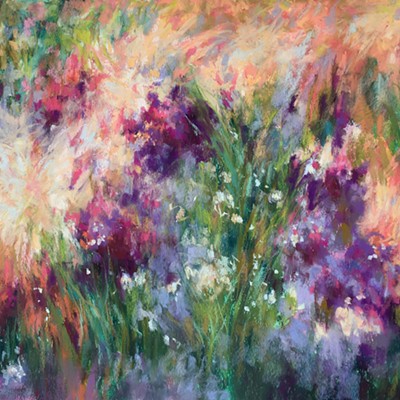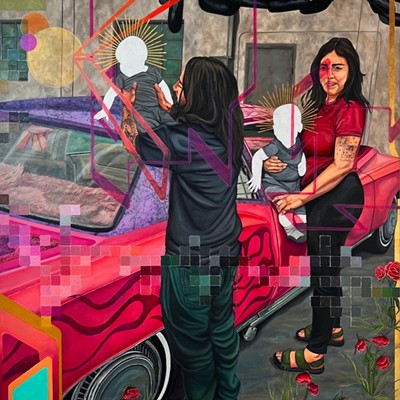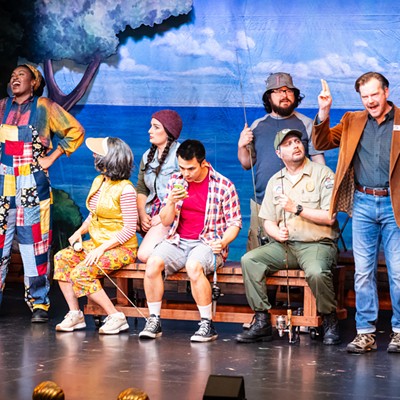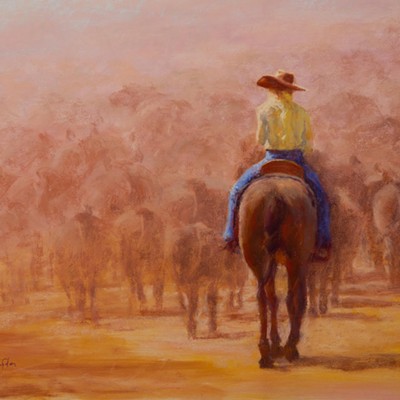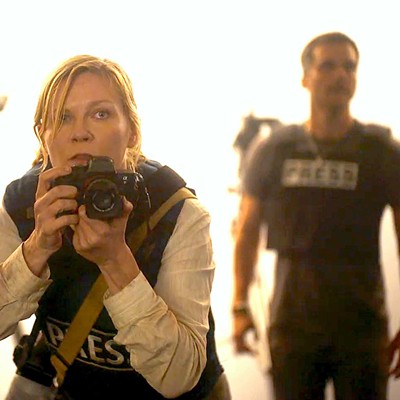While white stucco and conference rooms may not typically share their space with idiosyncratic art, FiberVision’s bright, patterned textiles illuminate the walls of the Cabrillo Pavillion in Santa Barbara.
FiberVision—a group of 25 textile artists with various styles and artistic abilities—started in 2003 after Lorna Morck and friends traveled to Ventura County for a Studio Art Quilt Associates (SAQA) regional meeting. They wanted to create a more local group of textile artists in order to surround themselves with like-minded people, Morck said.
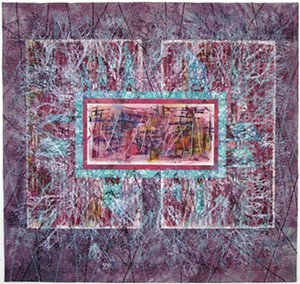
Still a member of SAQA, Morck shows her artwork internationally with the group, in addition to more local art shows with FiberVision. Fiber art, which combines various materials, colors, and patterns, often incorporates the same techniques that other forms of art do, but in a different way, Morck said.
A single piece of textile art can include multiple textures and fabrics, hand-stitching, collages, stamps, and even screen printing, Morck explained.
“One of the most appealing things of textile art for me is that there are no rules, no right and wrong. You can combine it with mixed media, or go plain and simple,” she said. “You can do anything you want.”
Many artists in FiberVision arrived at textile art through traditional quilting. While colors and patterns are usually the original draw for quilters, eventually some want to stray away from the structure of it, Morck said. The free-form nature of fiber art allows the artists to create pieces that range from realism to representational art to abstraction.
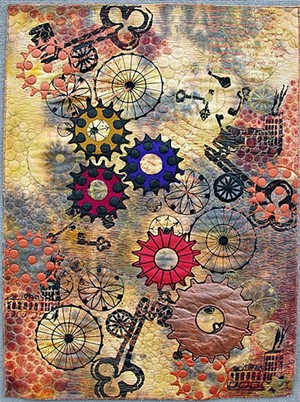
Like any form of art, inspiration comes from a variety of sources. In the textile art world, the muse often stems from nature, political activism, or just other forms of art, Morck said. She occasionally creates pieces based off of her writings.
“Sometimes there’s some emotion behind my writing, some angst, some whimsy,” she said. “For many years, these writings have ended up on the back of my art pieces.”
Inspiration can also stem from challenges the FiberVision group puts together for each other, including a recent one to incorporate recycled materials into a piece.
However, the stress levels stay pretty low, Morck said. FiberVision’s monthly meetings consist of “minimal amounts of business,” followed by a show-and-tell and an “art talk” where the FiberVision artists are encouraged to discuss articles written about art that interested them, Morck said.
“We have a range of talent, but keep it locked at 25 members to keep it informal,” she said. “We’re just a group of artists that are there to support each other.”
Intern Emily Holland is only good at drawing funny-looking monsters. She can be reached at [email protected].


